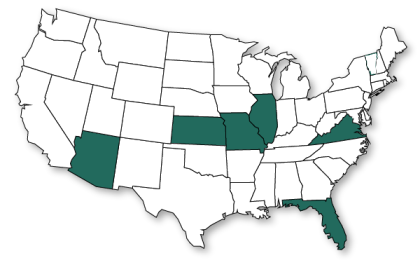
Karen O’Connor Corrigan, CIC
Who, What, When, Where, How, and Why are Homeowners Insurance Policy Prices Soaring or Getting Cancelled?
The short answer is the weather-driven destruction and inflation for the cost of repairs or reconstruction. Insurance companies are paying out more for property claims than the premium they take in. The actuaries who set the pricing cannot get it right with all the new weather patterns. Can we even call these weather patterns—they are so unpredictable? We will attempt to answer the question
WHO is affected the most? Single-family homeowners are paying the toll because they have to insure the exterior of the house. Condominium owners will see the storm effects in a year or so after the insurance companies realize how much Loss Assessment they paid out toward Master Policy wind and hail deductibles. It would be remiss if I did not mention condominium owners pay in another way. Their monthly condo assessments have increased to pay for Master Policy price hikes. Renters are practically insulated from price hikes.
WHO is talking about us? Unfortunately, Missouri is all over the news. In June 2024, CNN’s Violent Earth series starred Joplin, Missouri’s EF5, mile-wide tornado that remained on the ground for 32 minutes. On May 13, 2024, the New York Times reported, “In the state of Missouri insurers consistently made money on homeowners coverage until significant losses last year, when Missouri was affected by 11 separate billion-dollar disasters, exceeded only by Texas and Georgia.”
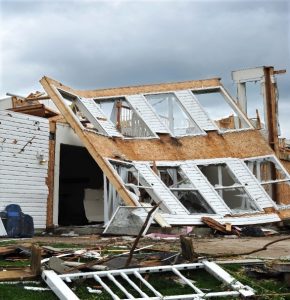
WHAT is causing this? Severe convective storms lead the world in catastrophic weather claims. They include torrential rains, lightning, hail, straight-line winds, and tornados, which is what happens in Missouri. Year after year of harassing storms coupled with year after year of inflation results in the perfect insurance storm. Insurance companies can survive on investment income for a while, but not year after year. What has happened in the U.S. from January through July 2024? There were 19 billion-dollar events, with five months to go. We know hurricanes Helene and Milton will be added to that count.
WHEN did all of this start? Insurance companies follow the numbers, which do not become statistics until there is enough claim accumulation. In other words, insurers tend to be slow to react in most cases. In 2023, the property losses from weather seemed permanent. Insurers paid $100 billion in weather-related property losses for 6 out of 7 years. This is double what they ever paid before.
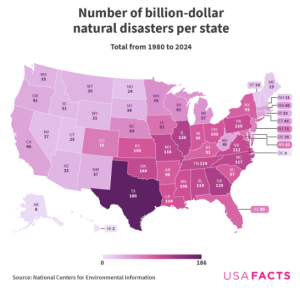
WHERE are the price increases and weather disasters happening? It is not just western wildfires and coastal hurricanes. On the contrary, 66% of the $100 billion paid by insurers was from severe convective storms. Missouri is now included on the latest list of catastrophic storm states. According to the U.S. Department of Commerce’s Storm Prediction Center and National Weather Service, we are ranked number 5 in the United States with major hail events of hailstones one inch in diameter or greater.
WHERE are most natural disasters happening? In the last 40 years, according to USA Facts, Texas had the most billion-dollar disasters (186), then Georgia (129), Illinois (126), Missouri (118), and North Carolina (117). USA Facts is a not-for-profit organization founded by former Microsoft CEO Steve Ballmer. The mission is to provide US facts from data to deliver unbiased numbers. Here are a couple of USA Facts. The severe storm May 25-26, 2024, that rolled through the central states (including Missouri) cost $2. 5 billion. The central and southern March 12-14, 2024 severe storm cost $5.9 billion.
MISSOURI NUMBER FIVE IN THE U.S. FOR HAIL
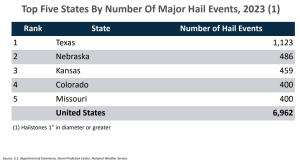
HOW are these costs calculated? The National Oceanic and Atmospheric Administration (NOAA) calculated the cost in 2024 dollars and the estimates include:
- Physical damage to homes & businesses
- Damage to property inside these buildings
- Cost for businesses being shut down and extra cost for people who cannot live in their homes
- Damaged vehicles /boats
- Damage to public assets like roads, bridges, or electrical infrastructure
- Agricultural loss
HOW are the insurance companies reacting to the financial losses driven by the weather-related claims?
- Multiple years of double-digit price increases taken by most insurers
- Actual Cash Value coverage on roofs 10-15 years old instead of Replacement Cost
- Higher wind and hail deductibles, such as percentage deductibles
- Stricter underwriting, new policy terms, and often non-renewing homes with older roofs, claims, poor maintenance, etc.
- Some companies are non-renewing all personal insurance policies in Missouri or across the U.S
- Some companies will not offer new coverage in Missouri
- Trimming coverage, such as offering pick-your-own-peril policies
- Eligibility requirements to qualify as a new customer are often prohibitive
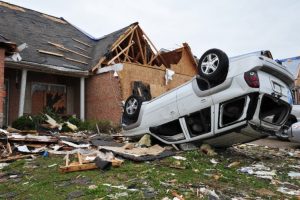
WHY is it important to understand the increases? We do not suggest clients make changes based on unstable upward prices. Your insurance company might be high this year, but a new company will play catch-up next year. We should not jump ship during difficult times. The underwriters are so strict that a policy can be canceled with even one claim if you are a new customer. The insurance companies barely want new customers—much less someone with a claim. If they would entertain a new customer, companies ask for records of all mechanical system updates, at a minimum. History with an insurer can pull some weight, and we truly do not know who the next insurer is to start pulling out of Missouri. Let the dust settle. We need profitable insurance companies again so we know we can rely on them should a disaster happen.
FINALLY, one more important question: When will this be stabilized? More sophisticated weather modeling is in development. We hope this will help insurers identify the homes that are most vulnerable to hazards and apply the higher premiums commensurate with exposures. Once insurers regain more certainty, they should regain profitability. We have to have profitable insurance companies to rely on for recovery following a disaster.

